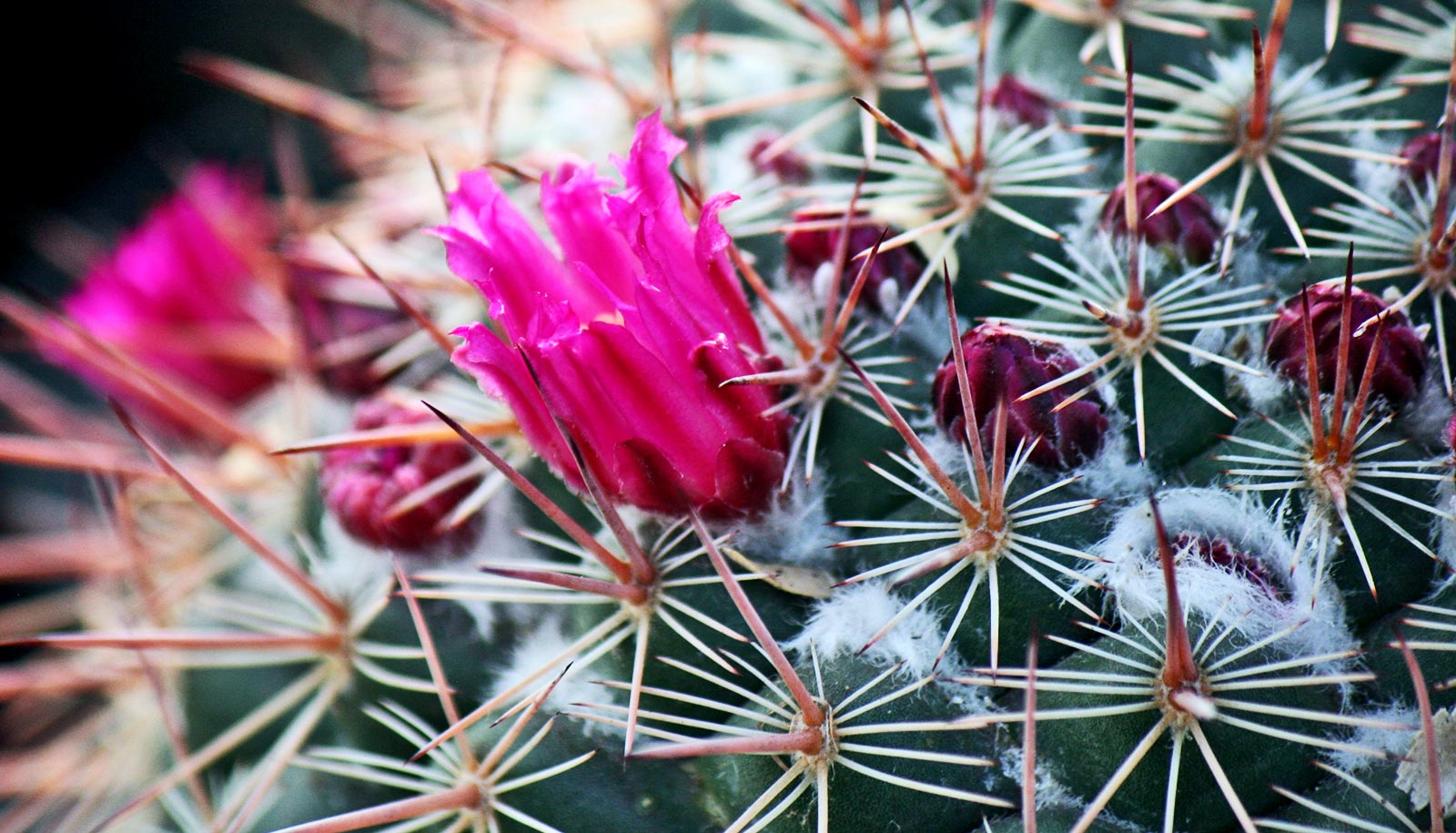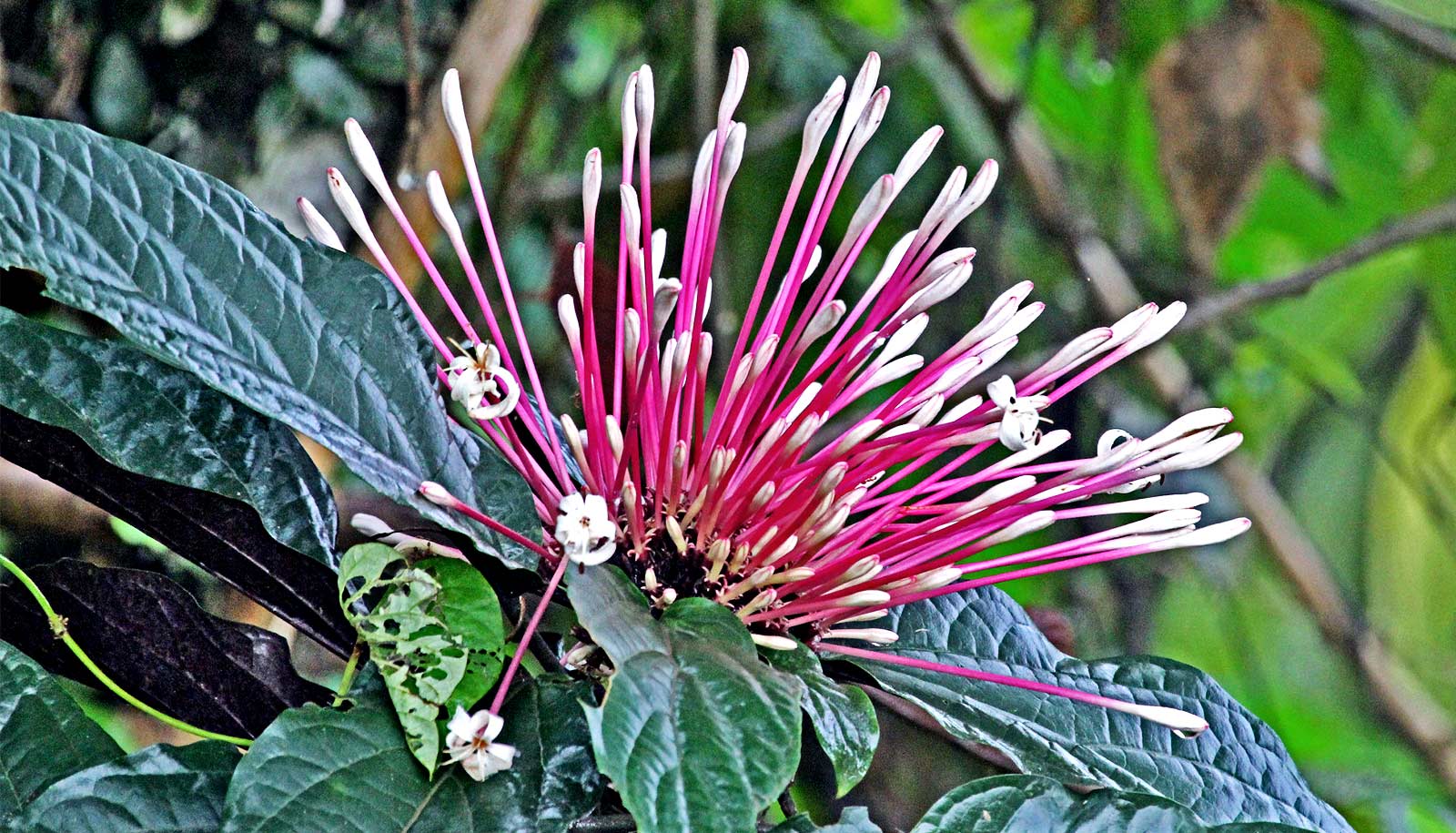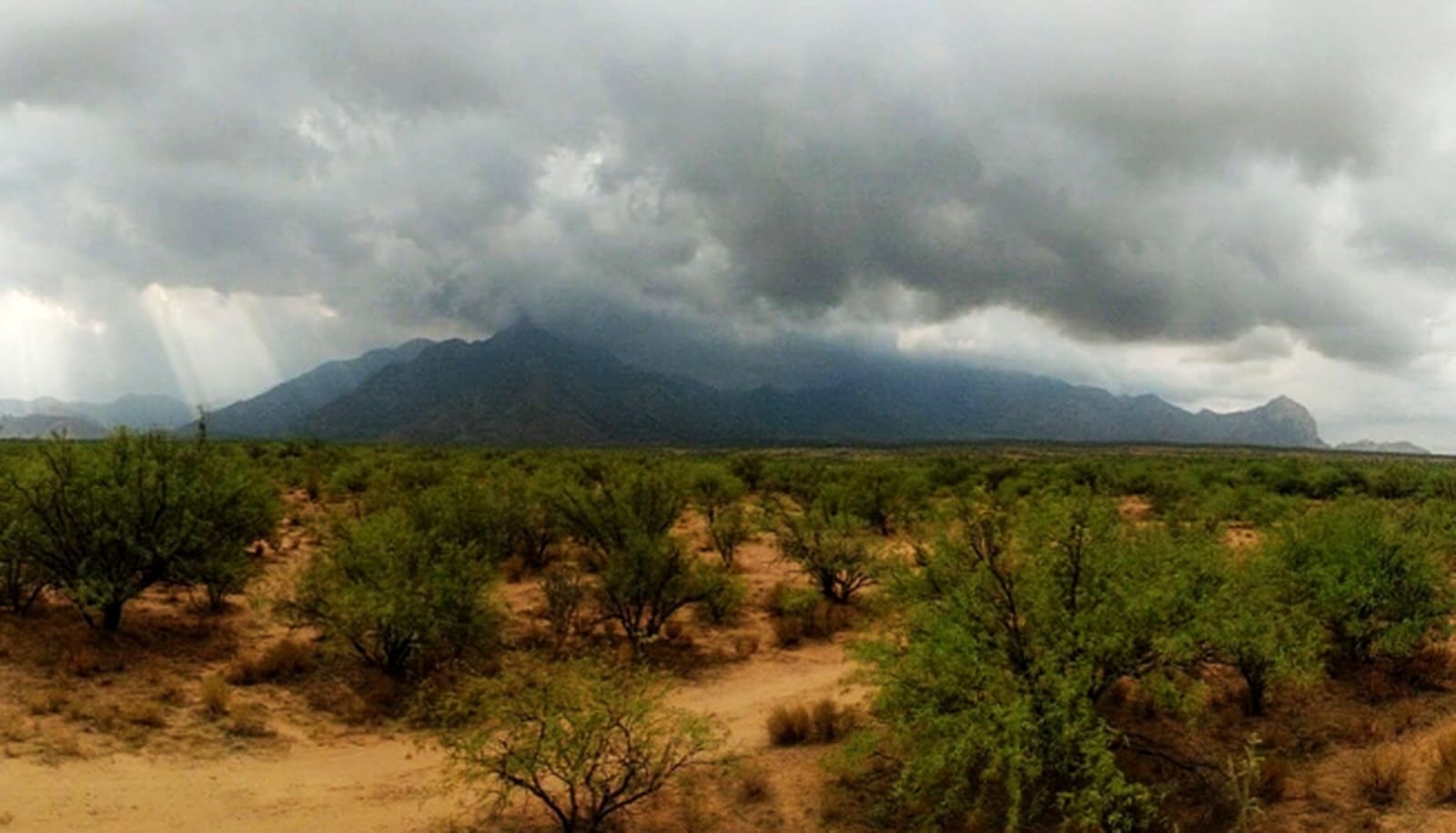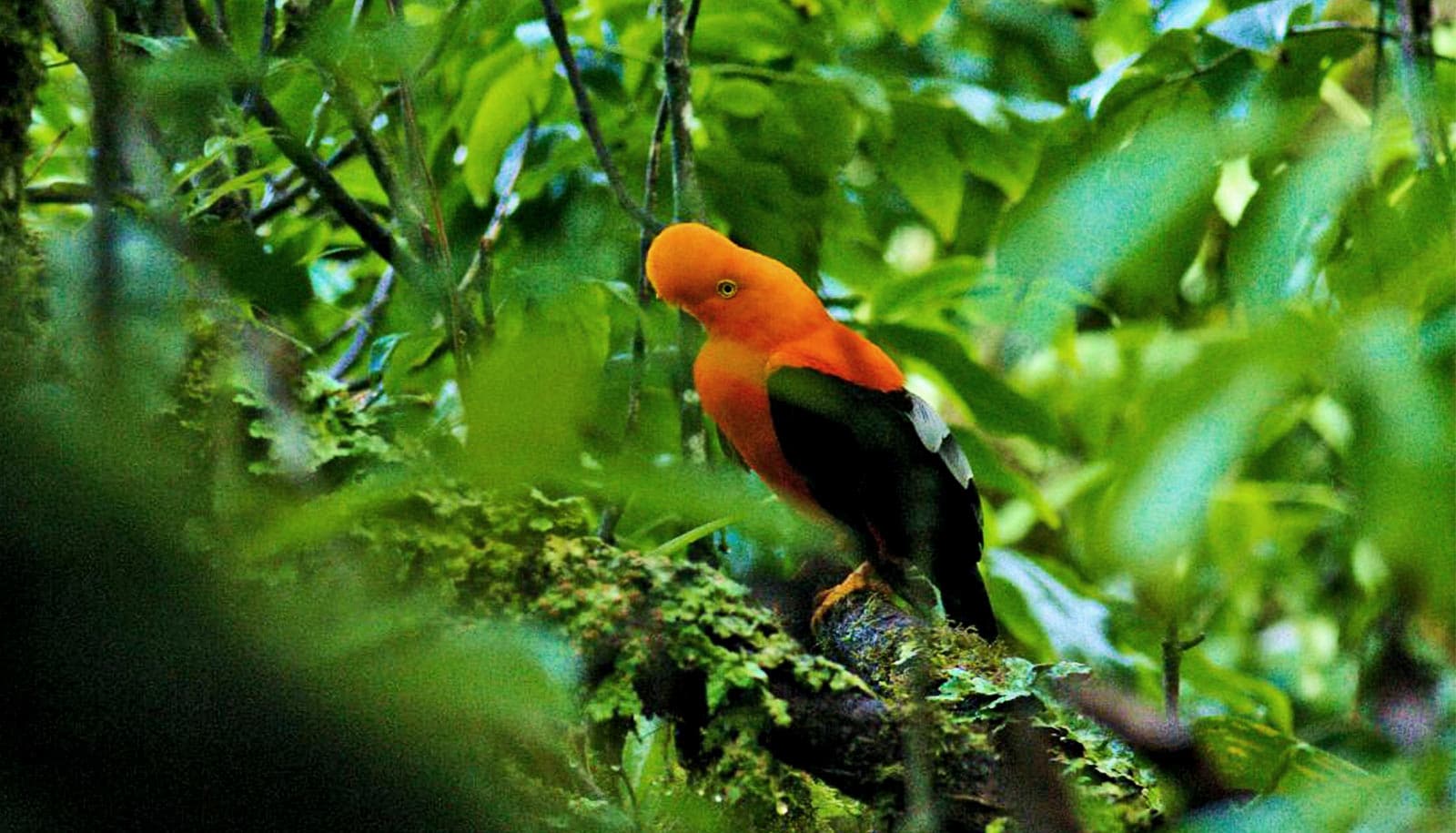Drought and seasonal fluctuations in rainfall are larger drivers of evolutionary diversity than high temperatures, a new study shows.
Scientists have long believed that temperature—especially freezing cold—limits diversity of plant species as they proliferate out from the tropics and adapt to colder regions nearer the poles.
The idea that temperature alone is behind the pattern of decreasing diversity is dubbed the tropical conservatism hypothesis.
For the study, researchers used big data to reveal further nuance in the pattern of plant diversity and to explain why some regions are more species rich than others.
To understand evolutionary diversity, it helps to imagine a family reunion where each person represents a different species. You can have the same number of people in a room, but you would have more evolutionary diversity if those people were cousins many times removed rather than siblings and first cousins.
The researchers created maps of evolutionary diversity across North, Central, and South America, as well as maps of the different biomes that are home to specific temperature and precipitation patterns.
Drought’s strong influence
Their findings provide evidence supporting a more nuanced view of the tropical conservatism hypothesis. If the hypothesis were taken at face value, then deserts of the American Southwest would be more evolutionarily diverse than the forests of the American Northeast, simply because the desert is warmer.
But that’s not the case. The desert is warm like the tropics, but dry. The Northeast is wet like the tropics, but cold. Yet, the Northeast has more evolutionary diversity, therefore indicating that drought has a stronger influence on plant diversity than temperature.
“If the tropical conservatism hypothesis were right, then natively, with climate change, you would think if cold regions warm up to tropical levels, maybe that’s going to be a good thing for biodiversity there,” says Brian Enquist, a professor in the University of Arizona ecology and evolutionary biology department.
“But that’s not the case. In fact, our droughts are going to become much more prevalent, and that will drive local extinctions not just in the wet tropics but in many rainy regions outside of the tropics as well.”
“The morphological and physiological attributes that allow species to thrive in arid environments have evolved in very few groups of plants. This indicates that, over evolutionary timescales, the adaptive challenge of extreme conditions is more challenging in arid environments than in freezing temperatures,” says Danilo Neves, a former postdoctoral fellow who worked with Enquist and is lead author of the paper in the Proceedings of the National Academy of Sciences. Neves is now an assistant professor in the Institute of Biological Sciences at the Federal University of Minas Gerais in Brazil.
Threats to biodiversity
The deserts of the American Southwest perfectly illustrate the surprising principles highlighted in their paper, the researchers say.
“Deserts of the American Southwest have more plant species compared to the wet forests of the American Northeast, but those desert species are from very few groups of plants. They are clustered on the tree of life, with little evolutionary diversity,” says Neves.
Although the researchers focused on plants, their findings can be applied to animals as well, as plants are the foundation of the ecosystem, Neves says.
The results surprised the researchers. The tropical conservatism hypothesis has been around for a long time, and the team was simply hoping to assess it with a much larger dataset than ever before. Instead, they found that drought, which was neglected in previous studies, is perhaps more important than temperature in shaping biodiversity patterns at continental, and likely global, scales.
“We only found this pattern because we leveraged this massive dataset compiled by professor Enquist and colleagues,” Neves says.
“We were dealing with hundreds of millions of observations,” Enquist says. “It’s the largest botanical biodiversity dataset ever collected. We thought, this is great to assess the strength of the hypothesis and map it out across the Americas. However, to our surprise, we weren’t finding the expected strength of the tropical conservatism hypothesis, which emerged only after we incorporated seasonality of rainfall and drought and mapped it out.”
Next, the team wants to assess how current and future increases in temperature and drought will influence global patterns of biodiversity.
“Our results indicate that climate change will not only drive changes in global patterns of species distributions due to increasing temperature, but more importantly due to the increasing impacts of more extreme drought,” Enquist says.
“If droughts and extreme temperatures become more prevalent under the worst-case climate change scenarios, our findings indicate that biodiversity may be more impacted than we thought, as only a limited subset of species on Earth have the ability to cope with the adaptive challenge of these extreme temperature and drought conditions.”
Source: University of Arizona



